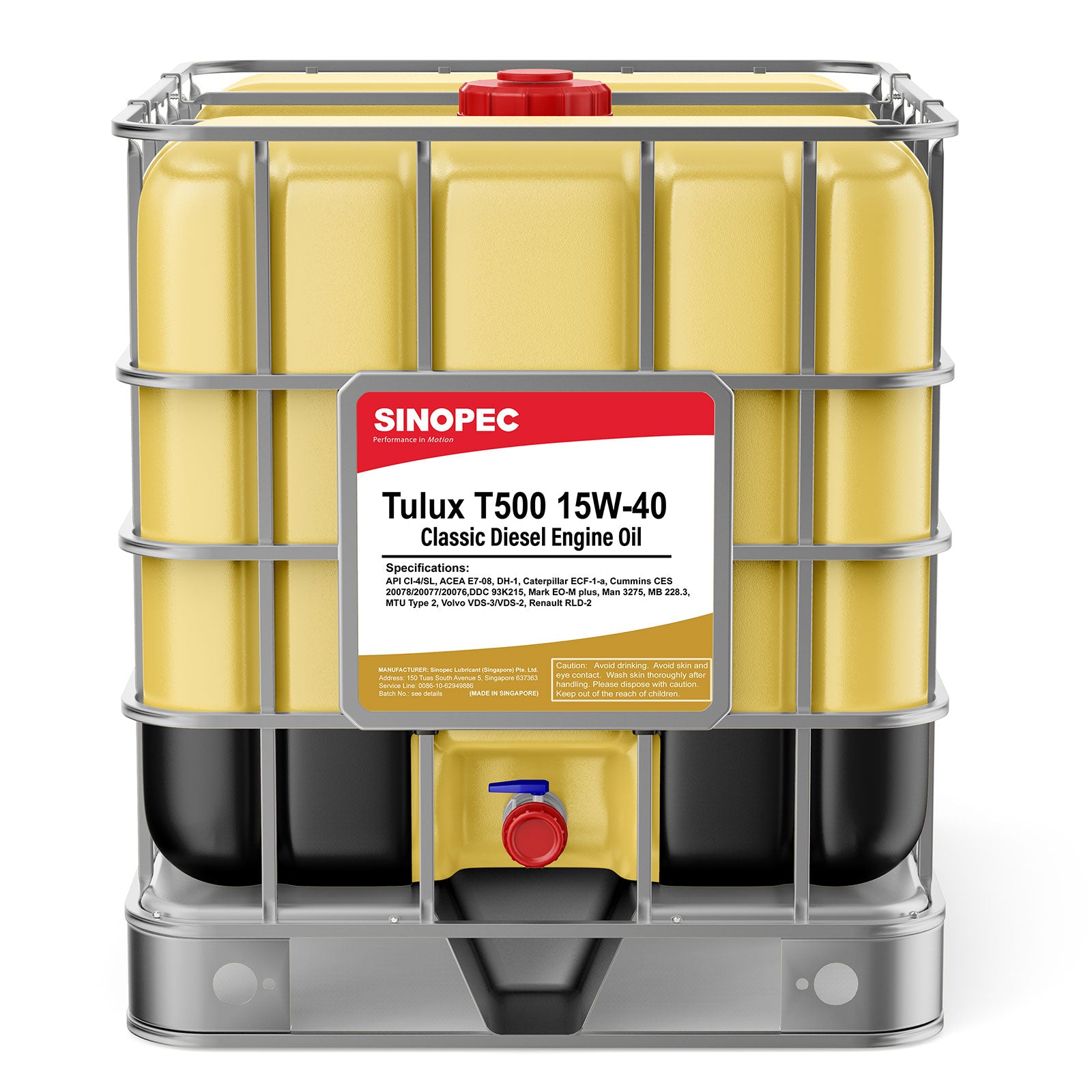Know the Shelf Life of Diesel Exhaust Fluid
If you drive a 2010 or later model truck, pickup, or SUV, you already know the importance of a quality Diesel Exhaust Fluid (DEF). Understanding proper storage and yearly consumption are the best ways to maintain cost-effectiveness.
Bulk PRICE LIST
Shelf Life of DEF
Storing DEF in a cool, dry, well-ventilated place is recommended to maximize shelf life. It will degrade over time, but if stored at temps between 10 degrees and 90 degrees, DEF has an expected shelf life of one year. You can extend the shelf life to two years by storing at a temperature that stays around 75 degrees. If you see a color change, the fluid is likely compromised. DEF should never be used once it is three years past its manufacturing date.
To ensure cost-effectiveness, use a diesel exhaust fluid calculator to estimate your annual usage in order to figure out how much you can keep on hand without expiring.
Expiration Dates
DEF is generally packaged in 1-gallon or 2.5-gallon jugs, 55-gallon drums, 275- or 330-gallon totes, and large diesel exhaust fluid storage tanks. Each package is stamped or marked with a date code indicating the date the DEF was made. The first digit of the date code is the DEF batch number. The next 6 digits reflect a date code, formatted as MMDDYY. Shelf life determination should be based on the period of time past that date.
Temperature Ranges
For maximum shelf life, DEF should be stored at temperatures that do not exceed 68 degrees or fall below 23 degrees. Shelf life will be significantly lowered if stored at 80 degrees or higher.
Sunlight exposure can negatively affect the quality of DEF and shorten its shelf life by decomposing the urea content. If DEF is stored outdoors, it should be stored in an area that is constantly shaded. Outdoor storage is not recommended.
Because of the urea content, DEF is safe to use if it has been frozen and then thawed. The mixture will expand 7 percent when frozen, but the diesel exhaust fluid packaging generally allows for that.
















